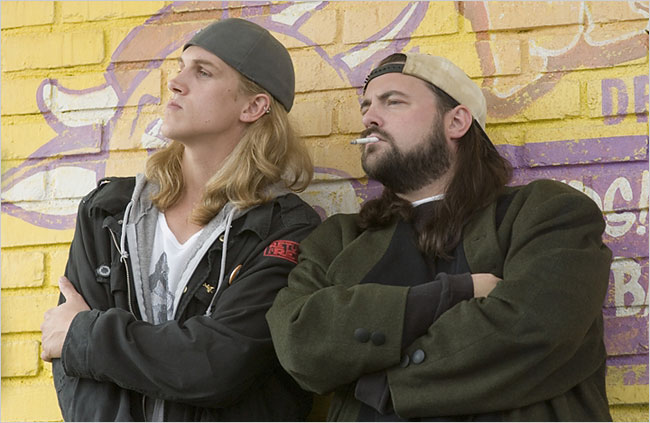I've seen lots of mention in different threads talking about the amounts of loose leaf used to brew a cup of tea.
Do you actually measure/weigh it out, or is it more of just an approximation?
Do you actually measure/weigh it out, or is it more of just an approximation?








